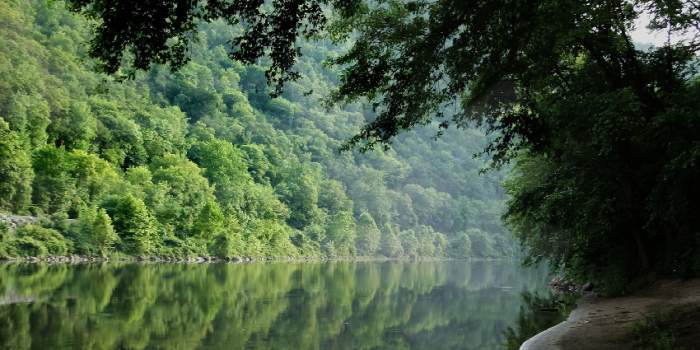
Easy steps you can take to save water at home
How is it possible to save water at home? In times of crisis in which we live, leaving the tap running, taking a bath instead of showering, running the dishwasher or washing machine without being full and without half-load programs, can be decisive actions to increase the cost of the water bill.
Therefore, we must take special care with our daily actions so that our water bill does not go off. This makes us wonder what measures do we have to take to save water? Basically, focus on being careful with its use both when cleaning and washing.
Steps to know how to save water at home
We are going to see a series of simple tips to save water at home:
- Take a shower instead of a bath. A shower means an average saving of 400 liters per day and household.
- Don’t leave the tap running when brushing your teeth or shaving. With this common practice, up to 30 liters per person are wasted every day.
- Don’t keep the tap running when washing dishes. It is better to fill the sink and wash the dishes in it.
- Reuse the water. Try to reuse the water that is not dirty for other actions, such as the water from your children’s bathroom can be used to scrub the floor.
- Rationalize irrigation. You can do it by taking advantage of rainwater or establishing drip irrigation systems.
- Beware of leaks in the bathroom and kitchen. The taps and urinal elements must be checked from time to time because with use, small leaks can appear that generate significant losses of water and money over time.
- Swap out your traditional appliances for those labeled A +, A ++, or A +++. Above all, the washing machine and the dishwasher. This type of appliance saves 50% of water consumption thanks to its economic systems and its half load programs.
- Install thermostatic or electronic faucets in the kitchen and bathroom. These systems make the use of water rationalized by being able to regulate consumption.
- Place aerators or flow reducers on the taps. This will make them spend less when we have to use them.



